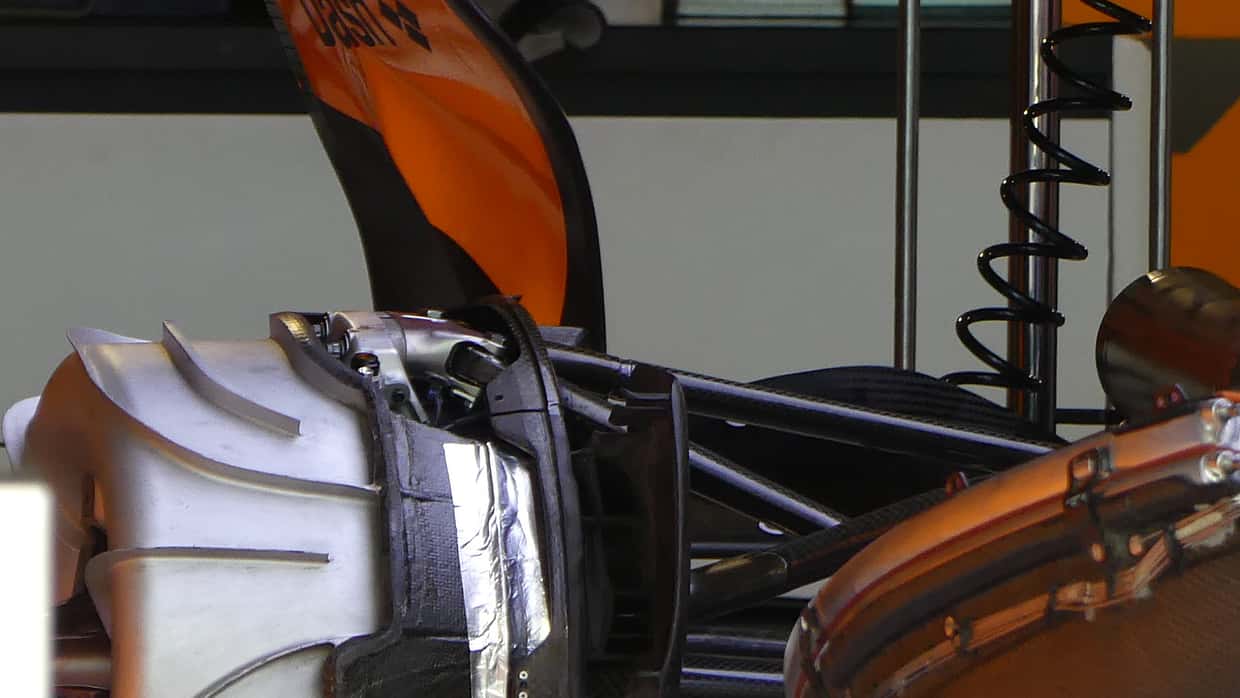AR3-GP wrote: ↑09 May 2025, 20:49
How does the latter theory account for fast tire warmup? Otherwise, it seems like a reasonable suspicion...Like surge suppression in a fluid transport system, or an inductor in an electrical circuit. It could damp spikes in the transport medium. I think something is still missing for me (it sounds more like an advanced "heat shield"), but it could be close.
Not taking any part in this yet but...
You can design a material to have any particular threshold temperature and thermal capacity, but it fundamentally depends on what it does. If the material is operating as a controller of sorts you just need to tune the PC Temp range such that it "switches" on and off in the range of braking and cooling.
Other way of explaining it: if you have ever seen a bidet, or some sinks, or a dam, they usually have a spillway that allows the dam to regulate the max amount of water in it, the speed with which it's filled is independent.
The material in case doesn't need to change the speed with which temperature is gained, it's just acting as a thermostat or PID controller, for example the open/close of brake ducts would be a natural way to use this although maybe not practical in this case.
I'm a bit skeptical of the brake fluid used for cooling, fluids move heat via convection, if you don't have molecules that move like that, the temperature gradient has to be massive. I don't have time to research a paper that backs this up but:
https://citeseerx.ist.psu.edu/document? ... be70e9e879 this paper experimented with 1%<x<3% aluminum nanoparticles suspended in water to observe how brownian motion transfers heat within natural convection and the conclusion was that not only it doesn't, but it actually conducts worse. Only way that this could work is if they have something that re-circulates the brake fluid.
Another example here: there would be no need of a water pump for CPU water cooling if brownian motion was enough.
And this is setting aside the difficulty in managing constant pressure in the break circuit upon the fluid changing volume while heated and cooled.
Anyway... I'm not a physicist.





